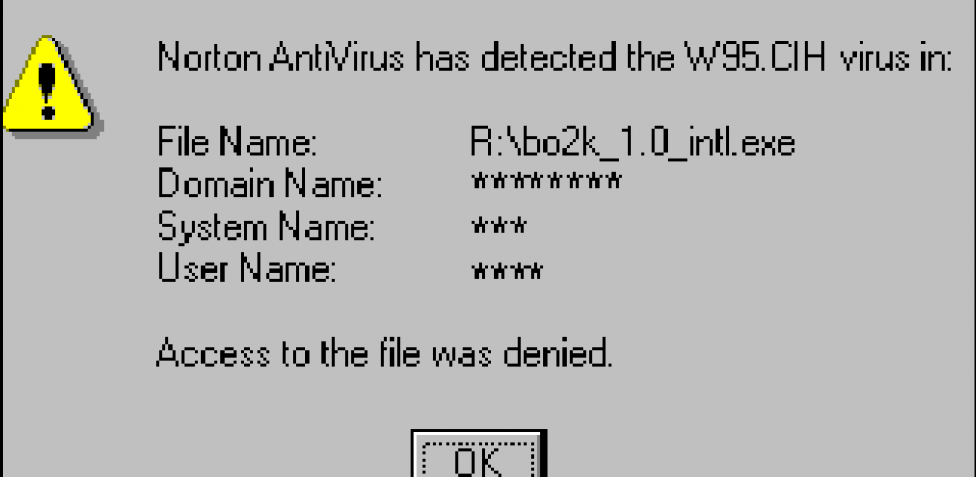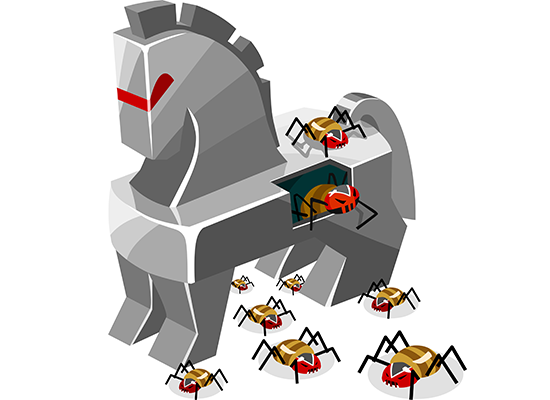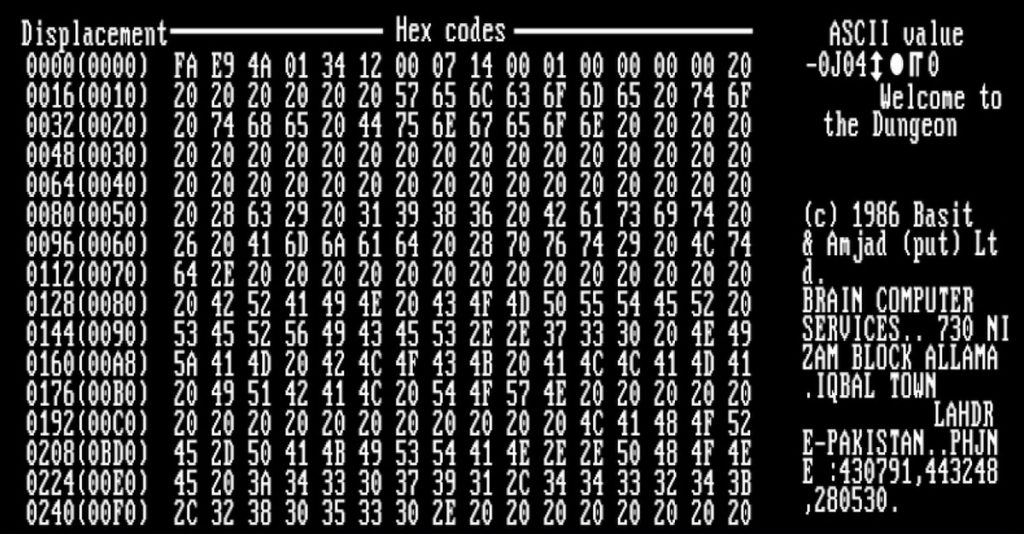
The origins of computer viruses: a journey through time
Home » Security » The origins of computer viruses: a journey through time
The first concepts of self-replicating software
In 1949, Hungarian scientist and mathematician John von Neumann laid the theoretical foundation for what we now know as computer viruses. In his lectures at the University of Illinois, published in 1966 under the title “The Theory of Self-Reproducing Automata,” he described how programs could replicate themselves, akin to biological organisms. This idea first found practical application in the game “Darwin” at AT&T’s Bell Labs in the 1960s. Here, programs written by players attempted to take over each other in an arena, without any malicious intent.

The first viruses and the early years
In 1970, Gregory Benford introduced a concept in his science fiction story “The Scarred Man” that closely resembled modern computer viruses. A year later, the first officially recognized computer virus, Creeper, was developed by Bob Thomas of BBN Technologies. This virus spread via ARPANET, the precursor to the internet. Creeper left a message: “I’M THE CREEPER: CATCH ME IF YOU CAN.” The virus was not destructive but merely annoying for users.
Ray Tomlinson, a colleague of Thomas, created Reaper, a program that removed Creeper, making it the first antivirus program. Shortly thereafter, Rabbit (or Wabbit), a virus that rapidly replicated and crashed systems, emerged—an early form of a denial-of-service (DoS) attack. And things went from bad to worse.

The rise of the term 'trojan horse'
In 1974, the term “Trojan Horse” was first used in a US Air Force security report. A Trojan Horse is malware that masquerades as legitimate software but has harmful intentions. A year later, John Walker created the program Animal, a game that spread without the user’s knowledge, thereby being considered a Trojan Horse.

The first personal computer virus
In 1982, 15-year-old Richard Skrenta created the first personal computer virus, Elk Cloner. This virus spread via infected floppy disks and displayed a humorous message after a game was started 50 times. Though not harmful, Elk Cloner spread rapidly and caused the first major virus outbreak.
The formal introduction of the term 'computer virus'
In 1983, Fred Cohen, a student at the University of Southern California, demonstrated a program that could replicate itself and take control of systems. His professor, Len Adleman, compared these programs to biological viruses and introduced the term ‘computer virus.’ Cohen published a paper in 1984 called “Computer Viruses – Theory and Experiments,” officially establishing the term.
The first destructive virus
In 1986, Pakistani brothers Basit and Amjad Farooq Alvi created the Brain virus to punish users of illegal copies of their software. Although the virus was initially not meant to cause harm, later malicious variants emerged, resulting in data loss. Brain is considered the first stealth virus due to its ability to evade detection by antivirus programs.

The impact and evolution of computer viruses
Over the past decades, computer viruses have evolved from innocent experiments to complex and destructive software. The cost of cybercrime runs into billions of dollars annually, and computer viruses pose a serious threat to individual users, organizations, and national security.
Future developments and precautions
With the continuous evolution of technology, it is important to remain vigilant and implement adequate security measures. Cybersecurity strategies and protocols are essential to protect us from the ever-changing threats of malware.